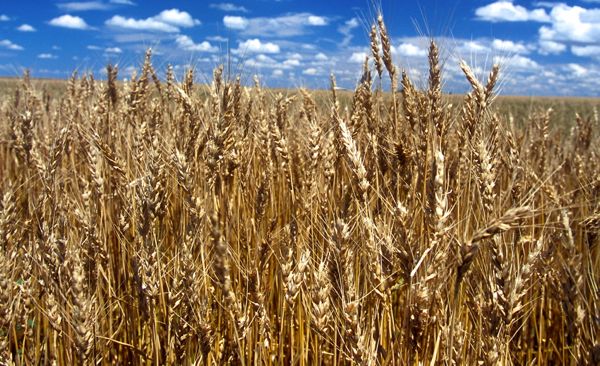Chicago | Reuters — U.S. corn and wheat fell as much as two per cent on Friday, while soybeans also declined as the dollar climbed and rains provided needed moisture in the western half of the U.S. Midwest crop belt.
Chart-based selling also was noted as prices for the crops fell below key moving averages, triggering long liquidation. Light short-covering limited losses, though, with some investors exiting positions ahead of the weekend in a common occurrence in summer “weather markets.”
The U.S. dollar posted its best week since May, boosted by economic data that encouraged bets of a Federal Reserve interest rate hike by year-end.
Read Also

U.S. livestock: CME cattle tick lower in thin pre-holiday trade
Chicago | Reuters – Chicago Mercantile Exchange live and feeder cattle futures were little changed but ended slightly lower on…
A stronger greenback makes U.S. commodities less attractive for importers holding other currencies. Buyers in the southeastern U.S. also were importing cheap Brazilian corn, while Mexico, which typically buys U.S. wheat, instead was buying from France, traders said.
Rainfall late this week was seen as boosting growth potential for developing corn and soybean plants in states such as Nebraska and Iowa, even as the showers dumped unneeded waters in already soggy fields in Illinois and Indiana. A turn to hotter temperatures, overall, appeared beneficial for crops and bearish for prices.
“We got rains in the western Corn Belt, where they were needed, and that’s taking some of the bullish excitement out of the market,” said Top Third Ag Marketing analyst Craig VanDyke.
Chicago Board of Trade September corn futures were down 9-3/4 cents, or 2.3 per cent, at $4.20-1/4 per bushel, a one-week low (all figures US$). The contract lost 3.2 per cent for the week, its biggest since April.
CBOT September wheat fell 8-1/4 cents to a three-week low of $5.54. Wheat was further pressured by advancing harvests in the U.S., France and Russia.
“Wheat prices were hurt pretty badly early in the session off chart selling, and some hedge selling from harvest,” ED+F Man Capitol analyst Charlie Sernatinger said in a note to clients.
Soybeans for August delivery eased 4-1/4 cents to $10.14-3/4 per bushel, recovering somewhat after reaching a one-week low earlier in the session.
Analysts also eyed more crop-friendly conditions in the Canadian Prairies, where canola and spring wheat crops received needed rainfall this week.
“The North American weather premium is easing,” said ANZ Bank senior agricultural economist Paul Deane. “If you look at Canada, there are forecasts for rain, and the dry weather in the U.S. will ease some concerns in the market.”
— Michael Hirtzer reports on grain markets for Reuters from Chicago. Additional reporting for Reuters by Gus Trompiz in Paris and Colin Packham in Sydney.













